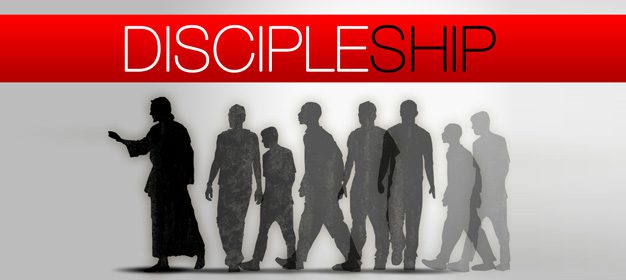The Stages of Recitation Discipleship
The recitation discipleship group consists of at least three people. If it is a solo recitation, that means bringing another person along. There is good reason for the third person.
Though one may be overpowered, two can defend themselves. A cord of three strands is not quickly broken. (Ecclesiastes 4:12)
Three perspectives for a Bible study, three perspectives for interpreting Scripture, three people each with unique faith walks.
We embark on the journey by getting to know about each other.
- Sharing our Faith Stories
- Setting expectations and growth goals
- Introduction to the passage
There’s no recitation without the words, and also no recitation without a grasp of what the words mean. The next stage begins the infusion of understanding into the passage so that when the reciter is speaking there will be clarity of communication.
The Recitation Ministry is unique in many ways, including how we go about studying the Bible. There is an intentionality in each step of our process that points to the recitation, as well as to apply to our lives. We study the passage so that we can accurately and faithfully bring it to life, and then to live it out in our own lives.
We are less interested in the influence the passage has had on the church, and more interested in the moment that the words came to life. Less about the frequency of a word and more about how that word is spoken with each usage. We share the goal of applying the learnings that we glean into our lives and then investing in others., but we differ in some significant ways.
A comparison of a Recitation Bible Study with a traditional Bible study, understanding that these are sweeping generalizations, is shown below:
Traditional Bible Study | Recitation Bible Study |
Understand how to apply the passage moving forward | Understand what prompted the passage to be printed in the first place |
Explore the range of possible meanings of a passage | Decide on the one tone and texture of the passage that will be recited |
Define the syntax of the words of the passage | Define how the words of the passage will be voiced |
Identifying word etymology to understand connections to other passages | Identifying word prompts and cues that will trigger recall |
- Message life application
- Onstage rehearsal
- Presentation
Once the passage has been studied and a clear understanding of the interpretation of the passage has been defined, it is time to animate the passage, to bring it to life.
One of the goals of discipleship is to multiply disciples, and once a person has been through the process of selection, preparation, and delivery of a recitation, they are a step closer to being the one to lead others in this journey.
Multiplication Through Discipleship
What stands in the way of multiplication?
- The role of reciter is quite different than the role of coordinator. Someone who has just gone through the recitation process just once will not have any experience in:
- Coaching someone onstage
- Preparing a person on the day of recitation
- Preparing slides to accompany the recitation
- Communicating with the pastor, sound crew, translators, and music team
- A reciter is not necessarily a recruiter, they will not have any experience in:
- Selecting a passage
- Developing a team recitation
- Initiating a discussion with the intent of asking someone to recite
- Addressing concerns of candidates
The Stages of Spiritual Growth
The five stages of spiritual growth are:
1 – Spiritually dead
2 – Infant
3 – Child
4 – Young adult
5 – Spiritual parent
If a person is saved, that person was saved for a purpose–the born again are given a new DNA that, when developed and becomes fully grown, will result in a mature disciple who makes disciples. It’s every Christian’s destination and destiny.





